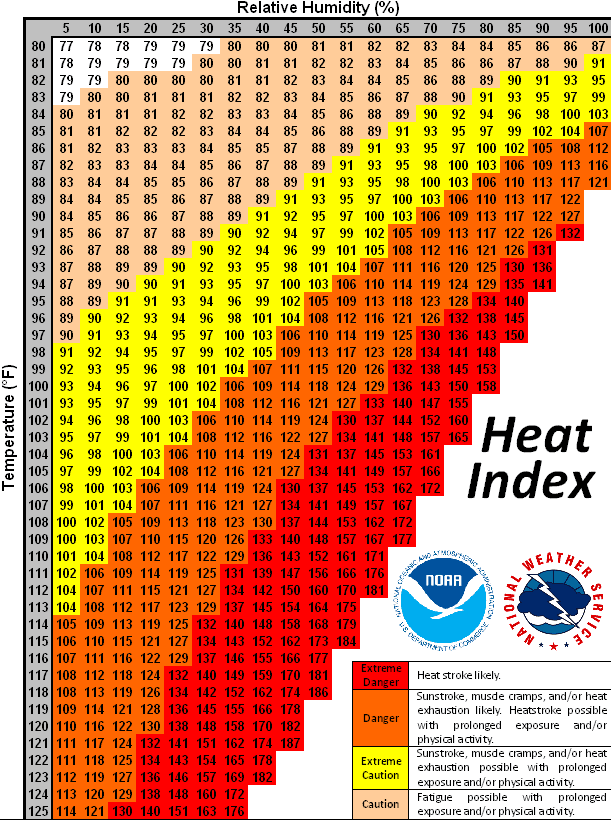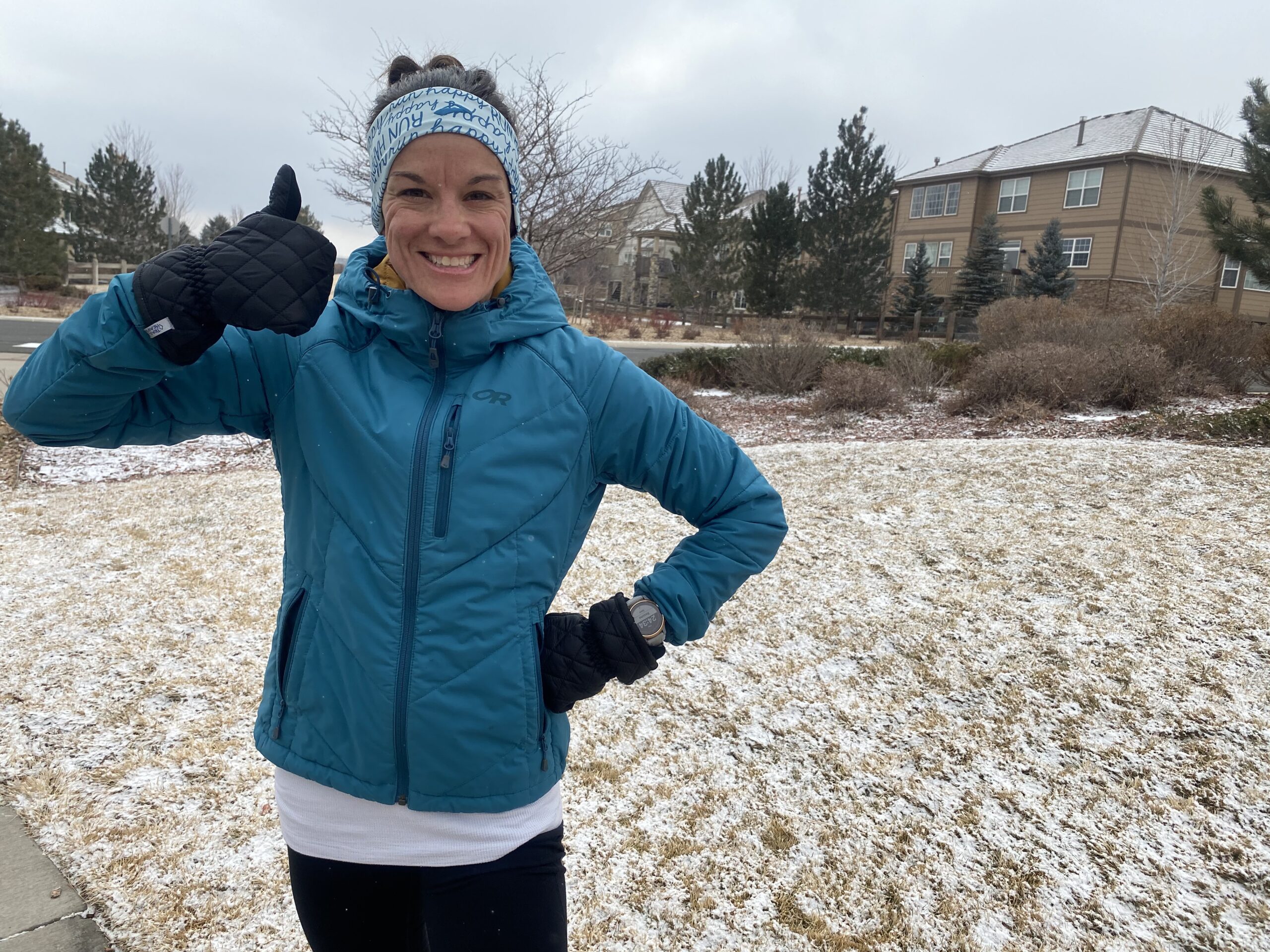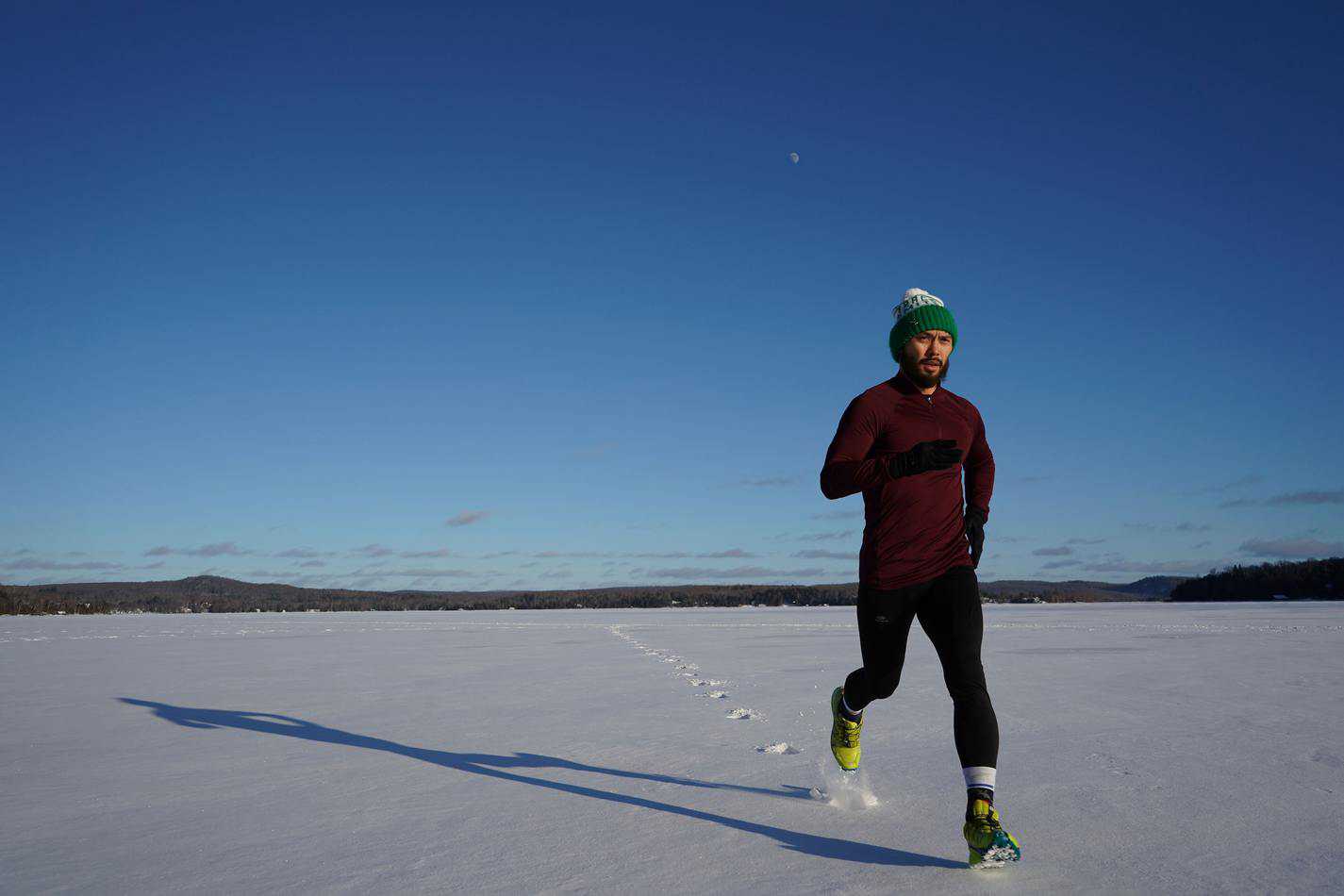With so many popular races scheduled in the fall, many runners find themselves doing the bulk of their training during the hot summer months. As someone who just spent the entire winter training for Boston (my first ever winter training for a marathon), moving into summer training again has definitely been an adjustment. Though I think runners need to take the time to get acclimated as the temperatures begin to rise, the truth is that to keep continuity in your training, you really can’t avoid hot weather running.
But there are ways to make running in hot weather more bearable (and dare I say, even enjoyable) as long as you follow some top tips. Additionally, as you set out to get your runs in during the hot weather, the most important thing is that you follow smart practices to stay safe through it all. In this article, we’ll cover:
- Hot Weather Running Safety
- Warning Signs That It’s Too Hot to Run
- How Running in Hot Weather Can Actually Benefit You
- Tips for Running in Hot Weather

Hot Weather Running Safety
Before we get into how to make it through a hot weather run without overdoing it, let’s first talk about what’s most important: taking care of yourself and staying safe.
This starts by first determining when it’s too hot to run outside and then paying attention to the signals your body gives you that you’re getting dehydrated or even entering a danger zone of heat-related illness.
Is it ever too hot to run outside?
Deciding if it’s “too hot to run” isn’t necessarily one-size-fits-all, but yes, there are times that it can be too hot to safely run outside.
Though we are built roughly the same, not everyone responds to heat in the same way. And by the way, it’s not just heat but the humidity that contributes to hot weather running. According to this article by NBC News, high heat combined with humidity makes it even harder for the body to cool itself off.
Together, these create a “heat index” which you’ll want to pay attention to instead of just the temperature. The chart below from the National Weather Service demonstrates how high humidity can make a temperature feel significantly hotter.
One example: At 90 degrees, for example, runners should proceed with caution where “fatigue is possible with prolonged activity,” but when it’s 90 degrees with 75% humidity, you’ve now entered what they refer to as the “danger” zone, and this particular combination will feel like 109 degrees. Yikes.

Though it’s most important to listen to your body, a good rule of thumb, as Keri Peterson, M.D. states in this Women’s Health Mag article, is to stick with 90 as your heat index cutoff score for staying inside. Anything higher puts you in the “extreme caution” category and you’re definitely putting yourself at unnecessary risk.
Warning Signs That It’s Too Hot to Run
In my article, “The Dangers of Marathon Running and How to Avoid Them,” I list the warning signs of heat illness. These can happen during the cautionary temperatures and are even more likely in the “danger” or “extreme danger” zones.
- muscle cramps (often in the legs)
- dizziness
- nausea and vomiting
- weakness
- confusion and disorientation
But you don’t ever want to get to this point. Experiencing initial signs of dehydration or overheating should be enough to make you cut your run short. These include:
- increased thirst
- nausea
- fatigue
- mild dizziness
- headaches
- sticky mouth
- poor focus
If you’re questioning whether this is what you’re experiencing, then it’s time to seek shade and be done. Trying to continue running when experiencing these signs does not make you a tough hero. It makes you the exact opposite. So be sure to take care of yourself if you’re going to run in hot weather.
Benefits of Hot Weather Running – are there any?
Now that we’ve discussed how to pay attention to warning signs that you need to cut a hot run short (or not do an outdoor run at all), what about the hotter runs that you still choose to complete in taking the necessary precautions. Does attempting to run in the heat give you any lasting benefits for your running?
When taking a smart approach to hot weather running and giving your body time to acclimate to it, it can benefit your running for the long-term.
Some even refer hot weather running as the “poor man’s altitude.” Sounds a silly, but I think the thinking behind this is that a runner who trains at altitude will be a stronger runner when they go back to lower altitudes. (Many elite runners will do this…while I guess us “common folks” wouldn’t be able to…maybe that’s the thinking behind the saying??) Bottom line, though you may feel sluggish running in the heat, once you’re back to normal temperatures you’ll feel like you’re flying.
A study from the Journal of Applied Physiology set out to find the impact of heat acclimation on improving performance in hot and cool environments. They determined that heat acclimation increased all of the following in both hot and cool conditions:
- VO2 Max (the maximum amount of oxygen you utilize while running)
- power output lactate threshold (the length of time of high-intensity exercise before lactic acid begins to exponentially rise) in a cool environment
- plasma volume and maximal cardiac output (The amount of blood the heart pumps through the circulatory system in a minute)
- time-trial performance
The control group in this study saw NO changes in any of these categories.
When taking the proper precautions to stay safe during your hot weather training runs, you will likely see your fitness increase (even though it may feel incredibly hard in the beginning). That will carry over to your race times, and I think I speak for most people when I say we love a good PR.
Running in hot weather is inevitable for most of us because we don’t want to give up our summer running even when we’re not training for something specific. We recommend you utilize the following tips to make it the most safe and comfortable experience possible while you keep building that aerobic fitness.

Top Tips for Running in Hot Weather
1.) Sunrise or Sunset Running is your friend.
Though mid-day running be more your thing, it’s just not going to work out well in the hot summer months. As a Colorado resident, I know I need to get out the door before 7 am (or by 6am if it’s a long run) to ensure I won’t feel like I’m melting while I’m out. Of course there are always the days where I do end up having to go out in full sun, but I try to avoid that as much as possible. And if you don’t want to wake up early, you can always try for sunset, though that may still be fairly warm unless you’re willing to run a bit after dark as well. Which is completely fine, just make sure you’re taking the necessary precautions to stay safe if you choose to run after dark.
2.) Keep hydrated.
As a runner, you should be consuming a lot of water outside of your running time. According to the Baylor College of Medicine, “the rule of thumb is if you’re thirsty, you’re already dehydrated.” That means you need to be fully hydrated before your run and maintain your water intake so you don’t get to the point where you feel like you need the water.
In order to replenish sweat loss during a hot weather run, you should be consuming 8 ounces of water every 15 minutes. In my article, Finding the Best Water Carrier for Runners, I write that you generally won’t need water on a run shorter than 45 minutes in duration, runs in hot weather are a different story. It’s always good to have a hand-held water bottle just in case.
You’ll also likely need additional electrolytes for longer runs. These help replace salt, etc. lost while you sweat. If you don’t need a lot of extra carbs, Nuun is a good option, but Tailwind is the perfect mix to replace lost electrolytes and carbohydrates which I discuss more in my article about long run nutrition.
3.) Run at a slower pace.
Unless it’s a race day, you don’t have anything to prove to anyone by trying to go all out on an extra hot day. If it’s supposed to be your “quality” or speedwork day and you find yourself out too late in the day with temperatures continuing to rise, it would be wise to skip it. Yes, get in your miles, but try to tweak your schedule to move your quality work to a different day to be sure you don’t overdo it. And if you do decide to forge ahead with your speedwork, it’s important to realize that your paces will probably be slower than you’d expect do to the effects of the heat.
4.) Be OK With Walk Breaks.
Runners who never walk have a tough time with this one (myself included). But walking mid-run to slow down your heart rate while sipping some water might be what you need to get through the run instead of having to cut it short. Don’t be hard on yourself here, running in the heat is no joke.
5.) Get acclimated.
Don’t worry, needing to run slower or walk won’t last. But getting your body used to the rising temperatures takes time.
An atypically hot day that pops up out of nowhere will likely lead to a tough run that day. The physiology of your body doesn’t immediately allow you to run in those type of conditions without affecting your performance. It takes time. That’s why on those initial hot days you want to take it easy. Don’t expect to continue running the same paces putting for the same amount of effort. Though it may seem like you can’t keep up with your old self, you’ll be back to those paces once you give your body time to acclimate.
And if you’re suddenly heading to a hot climate after being in a much cooler one, you’ll want to take it even easier in the beginning.
6.) Find shady routes.
There is a popular trail in my area that is heavily shaded. Normally I don’t run there because I normally prefer to stay closer to my home. But if I have a long run I need to get done and I know it’s going to be a hot day, I often make the drive to get there. The relief from the shade makes a big difference.
7.) Wear Appropriate Clothing to Keep You Cool And/Or Shielded From the Sun’s Rays.
Hat or Visor: Wearing a well-ventilated hat that wicks sweat and keeps the sun and sweat off your face can keep you both cool and more comfortable during a hot run. Read The Best Running Hats for Sweat if you need a recommendation.
Sunglasses: Hot or not, if the sun is shining I never run without sunglasses.
Moisture-Wicking Clothing: Runners need clothing that is moisture-wicking, and even more so when it’s hot out. This keeps the sweat away from your skin to avoid chafing, which I talk more about how to avoid in this article. And women, don’t be afraid to get out there in your sports bra! Ultimately wear whatever helps you stay the coolest and most comfortable in the heat.
Hear are a few of my favorites for hot weather running gear:
8.) Wear sunscreen.
No, wearing sunscreen won’t make you any less hot, but you need to protect your skin from harmful UVA and UVB rays by wearing at least SPF 15 sunscreen or higher. Also, you want to choose one that’s sweatproof to ensure it lasts for the duration of your run. For a list of my favorites as well as more tips for choosing a sunscreen, read: Best Sunscreen for Runners to Stay Safe Through Sun and Sweat.
9.) Head inside to a treadmill.
Sometimes, it really is just too hot to run outside. My personal threshold is probably about 90 degrees…if I’m unable to get out early on a day that’s going to be that hot, I have no problem using my treadmill instead. I’ve even finished the last few miles of a long run on a treadmill when I just couldn’t suffer through any longer.
10.) End it early or skip it altogether.
Trust me, I know it’s incredibly hard to skip a run. But if you don’t have access to a treadmill and the early/late choice just won’t work out, then it may just be a situation where you need to skip the run that day. Or maybe you thought you’d be run, but felt way too hot or had some warning signs telling you that you should stop. Instead of beating yourself up about not getting in the miles, be proud of yourself for listening to your body and making the wise choice.
You can always fill in the extra mileage over the course of the coming days and one or two days won’t ruin your training. I promise.








